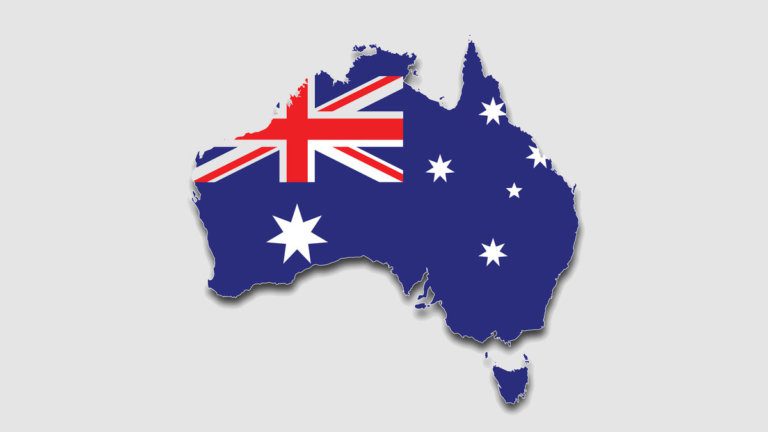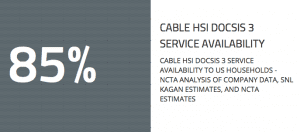DOCSIS
DOCSIS® Technology: National Broadband Down Under

I was recently asked to speak with a reporter from Australia about CableLabs newly minted DOCSIS 3.1 specifications. In and of itself that’s nothing terribly unusual: in my role as the lead for the DOCSIS 3.1 project here at CableLabs, one of my responsibilities is to inform people about the technology. It would’ve been just like any other briefing, except for the reason I was given for the request:
That Australia was planning to adopt DOCSIS technology for its National Broadband Network, and so he was interested in learning more about the technology, and how it might be deployed in Australia.
That caught my attention, and required some additional research to say the least!
Summarized, what I found (with the help of some colleagues) was this…
In 2009, the Australian government announced the creation of a wholesale-only, open-access communication network to provide high-speed broadband and telephony services to the nation, to be known at the National Broadband Network (NBN). The plan was to meet this need by building a fiber to the home (FTTH) network to the entire nation in order to provide 100 Mbps service to all Australians.
Then, in 2013, a report was commissioned by a new incoming government to evaluate the progress to date and to determine if there might be other possible solutions for developing the NBN. One of the key findings was basically this:
In those areas where a Hybrid Fiber-Coax (HFC) network already existed, the goals of the NBN could be achieved faster and less expensively by using DOCSIS technology.
If you look at the numbers, this is clearly true:
- Cable modems based on DOCSIS 3.0 technology providing speeds well in excess of 100 Mbps have been widely deployed to millions of households for many years. New products will soon be available that are capable of nearly 1 Gbps (1000 Mbps) of capacity.
- Upgrading an existing HFC network to DOCSIS 3.0 technology is simple and cost effective step for the network operator to increase broadband speeds.
[infographic source: NCTA Industry Data.]
The report also found that for areas without HFC access networks, other technologies (including fiber) would be more appropriate to meet the objectives of the NBN. Some Australians have raised concerns that this will create a disparity between fiber and HFC customers. This is where the performance enchancements of DOCSIS 3.1 technology become essential to the success of using HFC networks for the NBN. With the multi-gigabit capabilities of DOCSIS 3.1 technology, HFC customers will be able to receive the same services as FTTH customers. This enables an easy and cost effective migration path for HFC customers, using DOCSIS 3.0 cable modems today to meet the needs of the NBN today, and DOCSIS 3.1 cable modems to provide even faster services if they’re needed in the future.
The result is that Australians that have access to HFC networks will get broadband services faster and more economically than if a FTTH network were built, and still be able to scale to higher speeds in the future cost effectively. To me, that’s pretty cool, mate.
Matt Schmitt is the Director, DOCSIS Specifications, at CableLabs, where he’s worked since 2003. In this role he is responsible for the development of technologies for high-speed data over coax networks, primarily related to the DOCSIS family of specifications.


